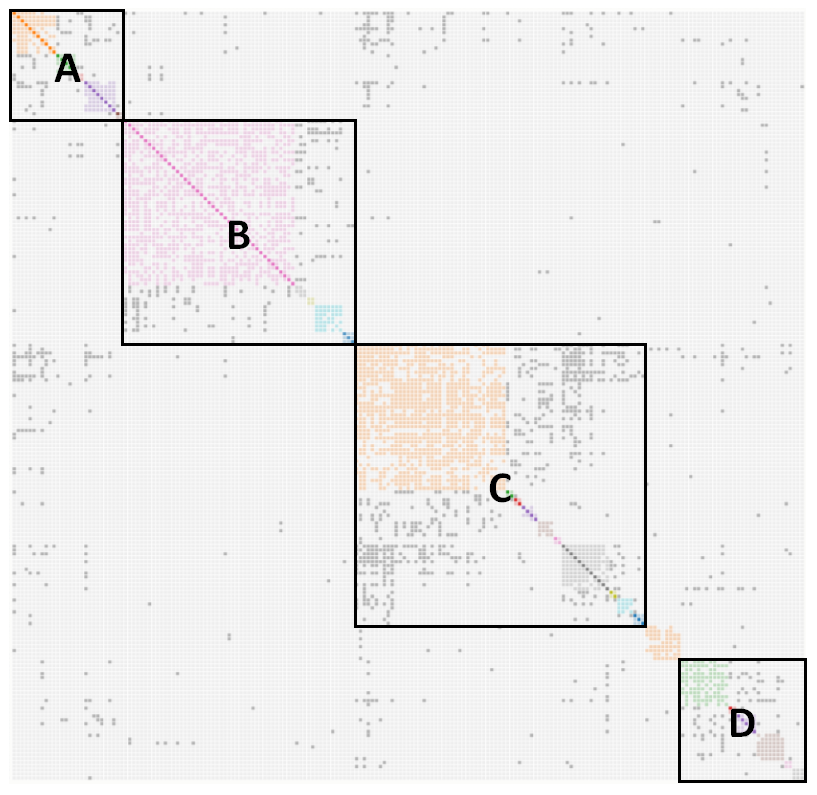This post is my fourth in a series about Genetic Affairs’ auto-cluster tool and using it to analyze my paternal matches at AncestryDNA. It’s been about six weeks since my last post, so here’s a refresher:
I discovered my parental grandparents were closely related when running GEDMatch’s “Are Your Parents Related Tool?” on my father’s DNA kit in 2017. The results showed my father shared 120.7 cM of DNA with himself. Doing the math, my grandparents were likely first cousins, once removed (1C1R). I ran the Genetic Affairs auto-cluster tool on my father’s test at a range of 50 – 250 cM and previously identified four “super clusters”:

Paternal “Super Clusters” as interpreted from results of Genetic Affairs Auto-Cluster Tool, run date of 3 Jan 2019
My earlier posts examined Super Cluster A, Super Cluster B, and Super Cluster C and identified a MRCA — Most Recent Common Ancestor — for each. Today we’ll look at the final grouping, Super Cluster D.
Continue reading Analyzing DNA Auto-Clusters with Pedigree Collapse: Paternal Super Cluster D